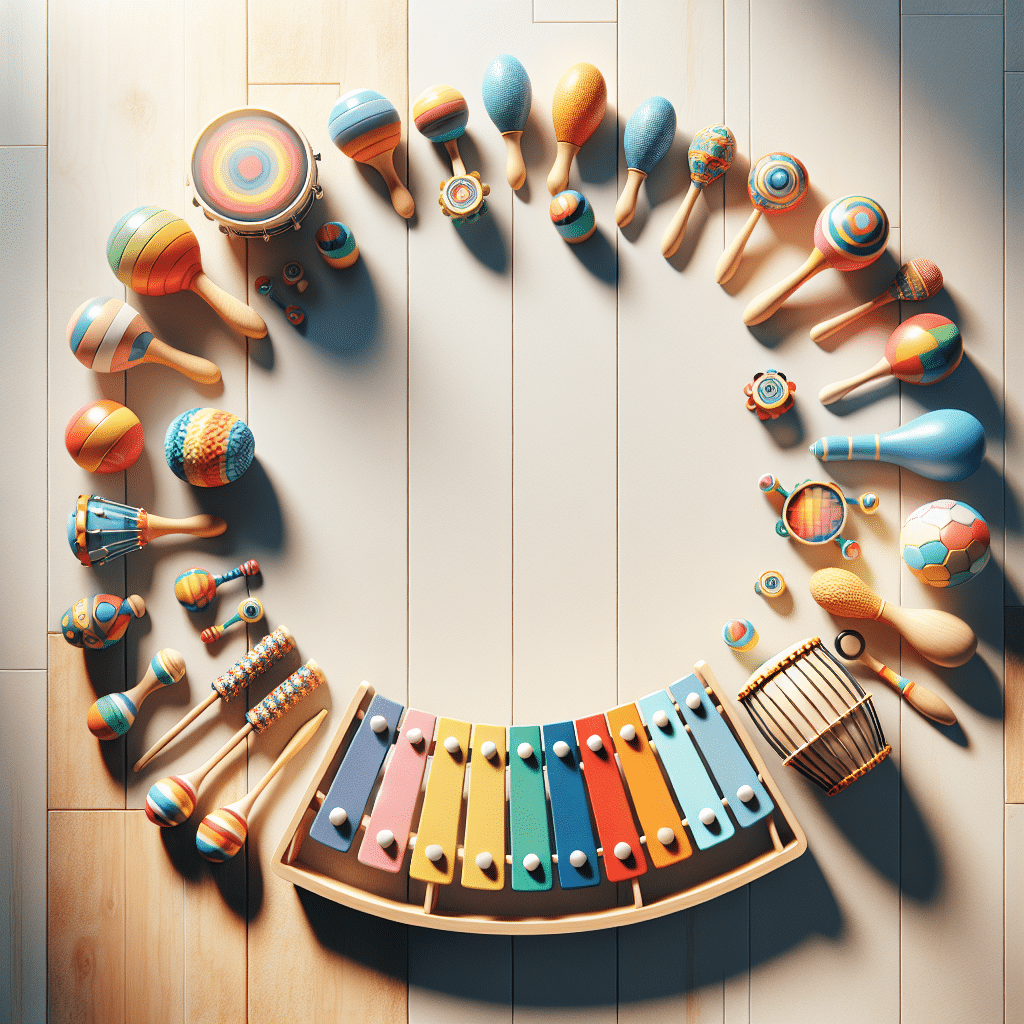The Best Toys for Music and Rhythm Development
Music is a universal language that captivates minds and stirs emotions. For young children, engaging with music can be a powerful tool for development, particularly in the areas of rhythm and coordination. If you’re looking for the best toys to foster these skills, you’re in the right place! 🎶 In this post, we’ll explore top toys that can help your child grow musically and rhythmically.
Table of Contents
1. Introduction
2. The Importance of Music and Rhythm Development
3. Best Toys for Music and Rhythm Development
4. How to Choose the Right Toy
5. Conclusion
6. FAQs
Introduction
Have you ever noticed how a simple melody can transform your day? That’s the power of music. For children, music not only entertains but also serves as a robust educational tool. The rhythmic clapping, tapping, and singing help develop critical skills that go beyond just musical ability. So, what are the best toys that can help nurture this aspect of your child’s growth? Let’s delve into it.
The Importance of Music and Rhythm Development
Music and rhythm play a crucial role in a child’s overall development. These activities enhance sensory development, improve coordination, and even boost language skills. When children engage with music, they are learning to listen, process sounds, and express themselves creatively. Furthermore, understanding rhythm helps develop mathematical skills as it involves counting and patterns. Quite the multi-tasker, isn’t it? 😊
Best Toys for Music and Rhythm Development
Percussion Instruments
Percussion instruments are fantastic for introducing children to music. Drums, tambourines, and maracas allow kids to experiment with rhythm and sound. These toys are not only fun but also teach the concept of beat and tempo. 🥁
Musical Keyboards
Keyboards are excellent for teaching children about melody and harmony. Many come with pre-programmed tunes that can guide kids through the basics. They can experiment with different notes and sounds, fostering creativity and auditory skills.
String Instruments
For slightly older children, string instruments like toy guitars or ukuleles are perfect. They teach about pitch and tone, while also enhancing fine motor skills and hand-eye coordination. 🎸
Interactive Music Mats
These mats are not just fun to step on, but they also introduce children to the idea of creating music through movement. As kids dance or step on different parts of the mat, they produce various sounds, integrating physical activity with musical learning.
Music and Rhythm Games
Games like Simon Says with a musical twist, or rhythm-based video games, can be incredibly engaging. These games help children recognize patterns and develop memory skills while also being highly entertaining.
How to Choose the Right Toy
Choosing the right music toy depends on several factors. Consider your child’s age, interests, and developmental stage. Younger children might benefit more from simple percussion instruments, while older kids might be ready for more complex toys like keyboards or string instruments. Safety is always a priority, so ensure that the toys are age-appropriate and made from non-toxic materials.
Conclusion
Music is a magical gift that can enrich a child’s life in countless ways. By introducing your child to music and rhythm through the right toys, you’re not just setting them on a path to musical proficiency but also aiding their overall growth and development. So, why wait? Start your child’s musical journey today with these fantastic toys! 🌟
FAQs
Q: At what age should I introduce my child to musical toys?
A: You can introduce musical toys as early as infancy. Simple rattles or toys that produce sound when shaken are excellent for very young babies.
Q: Are musical toys suitable for children with special needs?
A: Absolutely! Music can be therapeutic and is often used in special education settings to improve communication and motor skills.
Q: How can I encourage my child to engage with musical toys?
A: Lead by example! Play with them and show enthusiasm. Create a fun, pressure-free environment where they can explore and express themselves.
